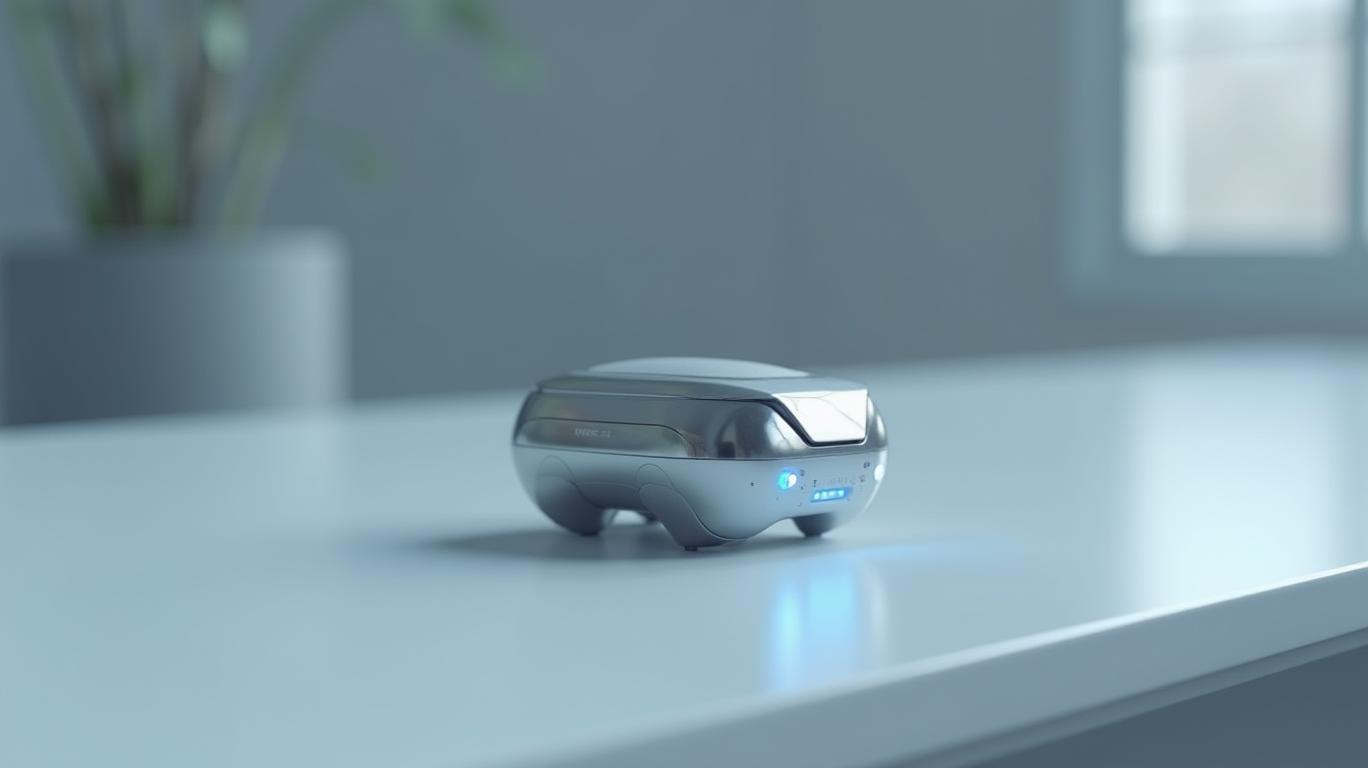The Hardware-Software Synergy Revolution: Why OpenAI's AI Companion Devices Signal a New Era in Tech Investing
The tech world is on the brink of a paradigm shift. OpenAI's audacious plan to launch 100 million AI-powered companion devices by 2027—screenless, context-aware, and designed by Jony Ive—represents far more than a product launch. It is a strategic masterstroke to dominate the next frontier of computing by merging advanced AI with purpose-built hardware. For investors, this is no mere speculative play; it is a call to bet on the hardware-software synergy that could redefine ecosystems, lock in user loyalty, and create multi-billion-dollar network effects. Here's why this is the investment story of the decade—and how to position your portfolio now.
The Strategic Shift: Hardware as the New AI Battleground
OpenAI's move into hardware is a direct challenge to Silicon Valley's entrenched duopoly of
and Google, which control AI access through their platforms. By designing devices that live alongside smartphones and laptops—not replacing them—the company aims to insert itself into users' daily routines as an indispensable third core device.
The synergy here is critical: OpenAI's large language models (LLMs) power the software, while the hardware—crafted by Ive's LoveFrom—ensures seamless, intuitive interaction. This fusion creates a closed-loop ecosystem: data from the device trains the AI, which in turn improves the device's contextual awareness. The result? A self-reinforcing network effect where users stay locked in because the AI gets smarter with every interaction.
Why Microsoft (MSFT) is the Near-Term Winner
No company stands to gain more immediately than Microsoft, OpenAI's longtime partner. The software giant's Azure cloud infrastructure underpins OpenAI's models, and its deep pockets have already funded $10 billion into the venture. As companion devices scale, Azure will handle everything from training datasets to real-time inference processing—a direct revenue driver.
But the partnership goes deeper. Microsoft's Windows 12 and AI-driven Bing updates are already integrating OpenAI's tools, creating a cross-platform advantage. Investors should note: Microsoft's stock has historically surged on OpenAI milestones. When the companion device ships in 2026, expect Azure's growth to accelerate, cementing Microsoft's position as the AI infrastructure backbone of this new era.
The Core Technologies to Bet On
The real gold lies in the enablers of this hardware-software revolution. OpenAI's success hinges on three pillars:
- AI Chips:
- Companies like NVIDIA (NVDA) and AMD (AMD) are building the GPUs and custom AI processors needed to run LLMs efficiently.
Why now?: As devices move beyond voice to contextual awareness (e.g., analyzing visual data), low-power, high-performance chips will be indispensable.
Sensors and Edge Computing:
- Analog Devices (ADI) and STMicroelectronics (STM) supply the sensors (cameras, microphones) that make devices "aware."
Edge computing firms like Marvell (MRVL) will process data locally to reduce latency—a must for real-time AI responses.
Cloud Infrastructure:
- Beyond Microsoft, Alphabet (GOOGL) and Amazon (AMZN) are racing to expand cloud AI tools. Their APIs and training frameworks will be essential for third-party developers building companion device applications.
Risks? Yes. But the Reward-to-Risk Ratio is Skyrocketing
Critics cite execution risks: OpenAI's models still struggle with "hallucinations," and past AI hardware failures (e.g., Humane's Pin) highlight the difficulty of consumer adoption. Regulatory pushback on data privacy—given these devices' constant environmental awareness—is another hurdle.
Yet OpenAI's war chest ($44B in projected losses by 2029 signals investor confidence) and strategic alliances (Ive's design prowess, Microsoft's infrastructure) mitigate these risks. The long-term vision is clear: a world where AI companions mediate all digital interactions, rendering legacy interfaces obsolete.
The Investment Thesis: Act Now, or Be Left Behind
This is a generational inflection point. The companies enabling OpenAI's hardware-software stack—chips, sensors, cloud—are the true beneficiaries. Microsoft, as the ecosystem's anchor, is the safest near-term bet. For a more aggressive stance, consider:
- NVIDIA: Owns the AI compute crown.
- Analog Devices: Sensors are the eyes and ears of these devices.
- Marvell: Edge computing is non-negotiable for real-time AI.
The risks are real, but the stakes are higher. In 2027, when OpenAI ships its 100 millionth companion, the winners will be those who saw the synergy coming—and bet on it early.
The race to control the next computing interface has begun. The question isn't whether to invest—it's whether you'll act before the herd does.

Comments
No comments yet